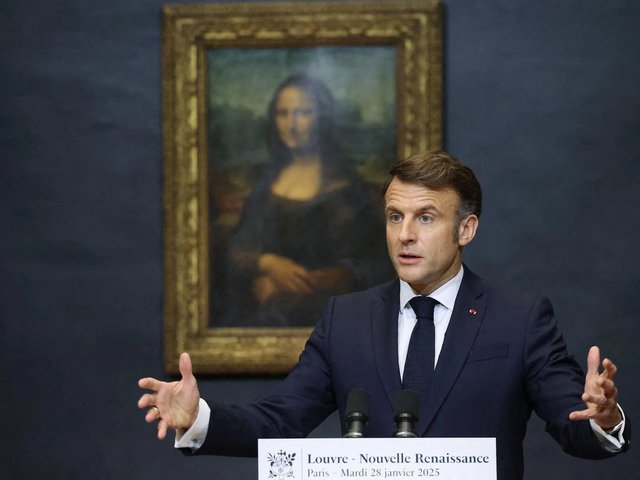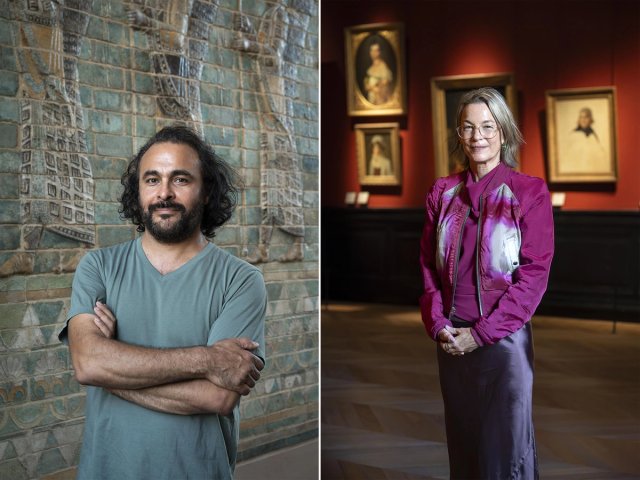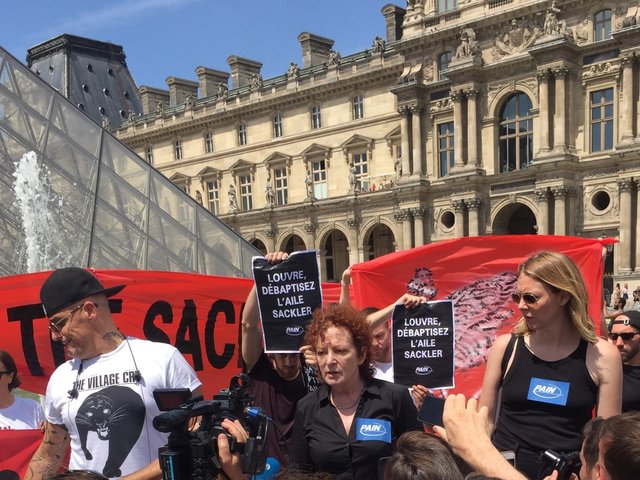The Musée du Louvre in Paris has closed a suite of galleries dedicated to Greek antiquities after investigators discovered structural weaknesses in parts of its vast building.
A technical report submitted in mid-November flagged the “particular fragility” of beams supporting the second floor of the Sully Wing in the museum's southern wing. The Campana Gallery, which houses nine rooms of ancient Greek ceramics, is located on the first floor of the same wing.
A statement from the Louvre says: “The Campana gallery… will be closed to the public as a precautionary measure.” A museum spokesperson has confirmed that the gallery will be closed “until further notice”, but that works won’t be moved. However, 65 of staff based in the space will be relocated.
Under the Louvre’s hugely ambitious New Renaissance project, announced in January by French President Emmanuel Macron, the “restoration, technical modernisation and revitalisation” of the Sully quadrangle will be prioritised. As part of the plan, a new visitor entrance will be created under the museum’s eastern-facing Perrault Colonnade by 2031 to address the problem of queues and overcrowding.
Meanwhile, a report from the Cour des Comptes—France’s audit institution—points to issues with the management of the Musée du Louvre in Paris. Published following the audacious heist at the Louvre in October, during which French crown jewels were stolen, the report confirms that the museum “has accumulated considerable delays in the deployment of security equipment”.
“The overall project, dubbed the Louvre New Renaissance, is now valued at €1.15bn, including €481m over the next ten years for the first two phases of the renovation master plan. This represents a low estimate considering the museum's need for modernisation,” the Cour des Comptes report states.
The new entrance project and other new spaces, which, according to the report, carry "significant risks of cost overruns due to its complexity” was initially estimated at €450m, before being revised up to €667m in June.
“Faced with the budgetary impasse it is experiencing, the museum must prioritise its projects, focusing on investments crucial to its future, particularly the upgrading of technical infrastructure, including security and safety, and the restoration of the palace,” the report adds. In response, the Louvre described the report as “unbalanced”.
The Campana gallery is named after the collector who is responsible for bringing most of its objects together, the Marquis Giampietro Campana, who is described on the Louvre's website as “very colourful”. Campana started collecting in his 20s, selecting artefacts from archaeological digs on his family’s property in Frascati, just outside of Rome. His collection of antiquities became famous throughout the continent and before long he enriched it with Italian paintings acquired from the collection of the French cardinal Joseph Fesch.






